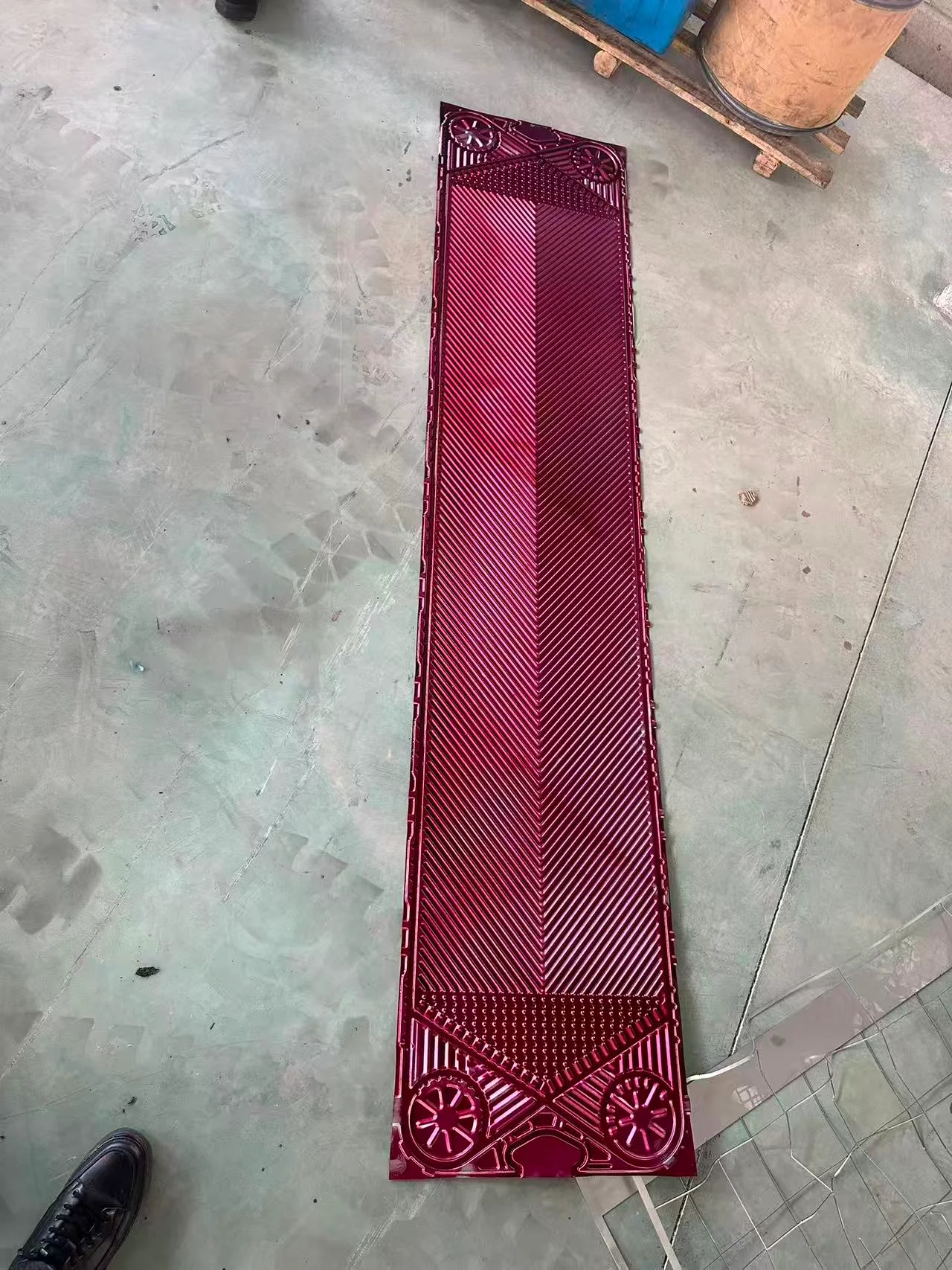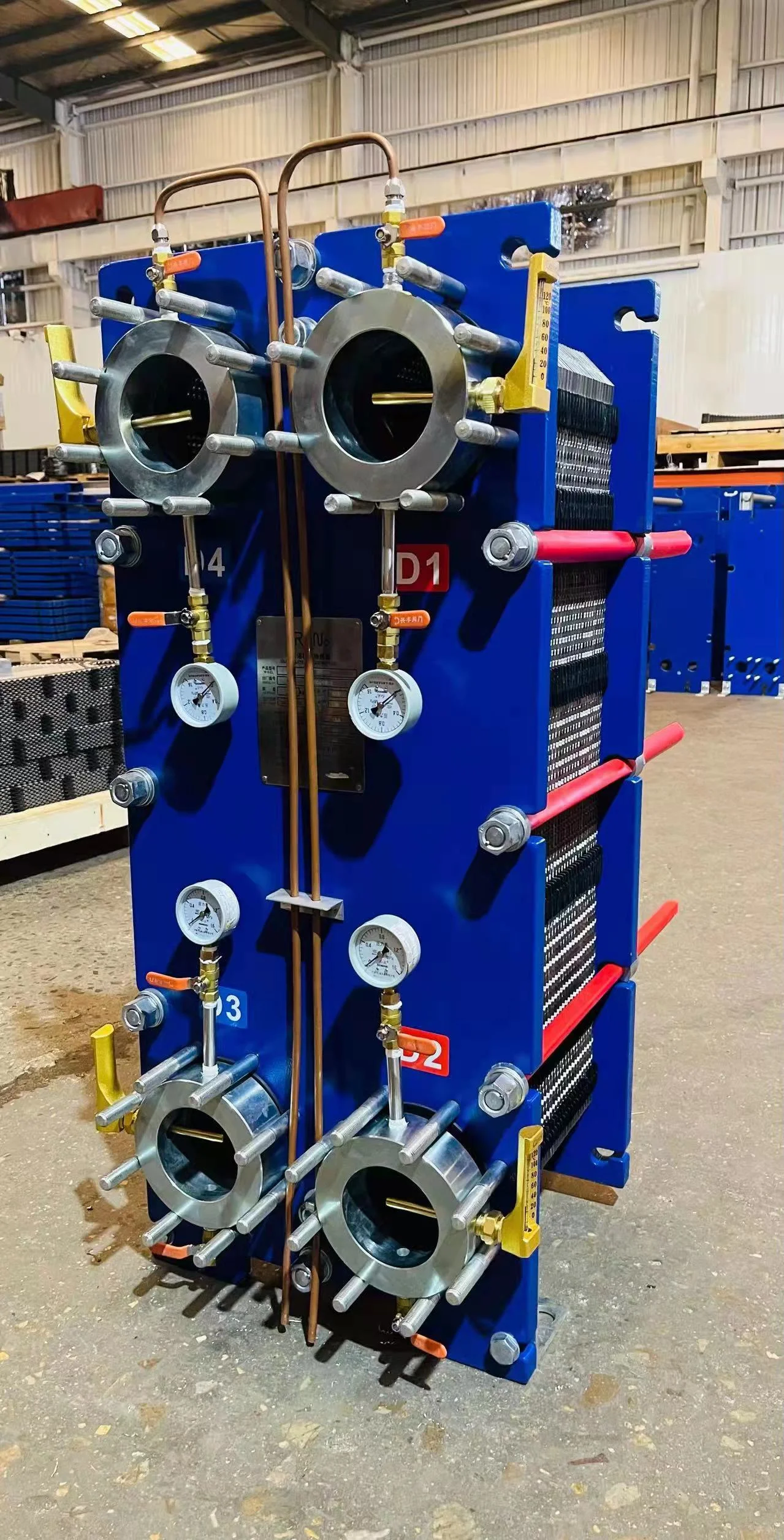
Introducing Grano
When you search for equipment that handles heat transfer, you want more than machines. You want people who care, who listen, and who give support when it matters. That is where Grano comes in. With over ten years of work in this field, the company has grown into a respected choice for many industries.
Grano focuses on designing, making, and improving systems that keep running even in harsh places. Ships, factories, and energy plants all use their products. What makes them stand out is the way they treat each project. Instead of sending out the same model to everyone, they look at your needs. They choose the right plate material, the right gasket, and the right frame to match your system.
This careful method helps you save time later. It keeps your costs lower, because the equipment lasts longer and works better. You are not left on your own after buying. The team offers service, spare parts, and advice whenever you need it. If you are looking for safe, efficient, and long-lasting solutions for cooling or heating, Grano is worth your trust. They do not act only as a seller. They work with you as a partner, helping you succeed.
Why You Need to Inspect Plates
The plate is the main part of a plate heat exchanger. It is the area where heat transfer happens. The condition of the plates decides if your system works well or not. If plates are damaged, performance drops. If damage becomes serious, leaks may appear between the fluids.
Plates face stress over time. Long working hours make them weak. Pressure cycles add more load. Chemicals in the fluid cause corrosion. If you do not inspect, you may face sudden failure. Regular inspection protects your investment and keeps your process safe. It also lowers the risk of costly downtime.
Common Plate Problems
Even strong metals show signs of stress after years of work. You should know the most common problems so you can spot them early.
Corrosion comes first. It shows as pitting, where small holes appear, or as crevice corrosion in tight spots. Both can grow quickly if not treated. Cracks are another danger. Stress cracks come from pressure. Fatigue cracks appear after many heating and cooling cycles.
Deformation is also common. Plates can bend or warp when exposed to high pressure or sudden heat changes. Once plates bend, sealing becomes hard and efficiency falls. The final stage of failure is perforation. At this point, the plate has holes from deep corrosion or long fatigue. Once this happens, the only choice is replacement.
How to Inspect Plates
There are several ways you can check the condition of your plates. Each method looks at a different kind of damage.
The easiest step is visual inspection. You look closely at the plate surface. This lets you see corrosion, cracks, or bending. It is fast but may miss very small flaws. To find tiny cracks, penetrant testing is used. It highlights surface breaks that your eyes cannot see.
Another tool is ultrasonic thickness testing. This method measures how thick the plate still is. It shows how much material has been lost, which helps you guess how much life is left. Pressure testing is another key method. By applying pressure, you can see if plates or seals leak.
If you use more than one method, you get a clearer picture of the plate’s condition. This gives you a strong base for your maintenance plan.
How Often Should You Inspect
The time between inspections depends on the work your equipment does. For most industrial systems, a cycle of one to two years is enough. These systems usually run with less aggressive fluids and lower loads.
For heavy-duty cases, once a year is better. This includes systems that face high loads or very corrosive media. In areas like shipping or chemical plants, you may need to follow official rules. Class societies and industry groups set standards to keep systems safe.
Think of inspection cycles as flexible. You must look at your own risks. If your environment is tough, check more often. If your fluids are gentle, you can wait longer.
What to Do When Problems Are Found

Inspection only helps if you act on the results. If you see light corrosion or scaling, you can clean or polish the plate. This often restores performance. If you see localized damage, the plate may still work for a short time. But you should plan to replace it soon.
If you see serious damage like deep cracks or perforations, replacement is the only safe step. Using damaged plates may cause leaks or a full breakdown. Keeping records of your inspections helps a lot. These records show you how long plates last in your system. Over time, you can predict when replacements will be needed. This makes your maintenance easier to plan.
Why Quality Equipment Helps
Your job is easier if you start with strong and well-designed equipment. A Plate Heat Exchanger built with the right materials gives you fewer problems. Titanium plates, for example, resist seawater much better than stainless steel. Gaskets like FKM or EPDM are chosen to match the fluid and the heat level.
When the unit is designed for your exact needs, inspection becomes less stressful. You still need to check, but you find fewer faults. You replace parts less often. This saves money and keeps your system safe. Investing in the right design from the start is always the better choice.
Service and Contact
Inspection is not just about finding faults. It is about keeping your system ready for tomorrow. You may need spare parts, gasket sets, or advice about which test to use. A supplier that offers service, replacement parts, and clear advice makes your work easier.
With good support, you can be confident your exchanger will run smoothly. If you need help, you can contact the team through the official website. They will give you answers, parts, and solutions when you need them.
Conclusion
Inspection of plate heat exchanger plates is an important step. It keeps your system safe, efficient, and long-lasting. By looking for common issues, using the right methods, and acting fast when problems are found, you protect your investment. Strong equipment and good service make this task easier. Together, these steps give you the confidence that your system will work when you need it most.
FAQs
Q: Why should plates be inspected on a regular basis?
A: Because plates are the key part of a heat exchanger. If they are damaged, efficiency drops and leaks may appear. Regular inspection avoids costly problems.
Q: How often should plates in an industrial system be checked?
A: Most systems need a check every one to two years. If loads are high or fluids are corrosive, once a year is safer. Some industries also follow strict official rules.
Q: What should be done if a plate has perforation?
A: If perforation is found, the plate must be replaced. Repair is not possible. Replacing it is the only way to keep the system safe.






